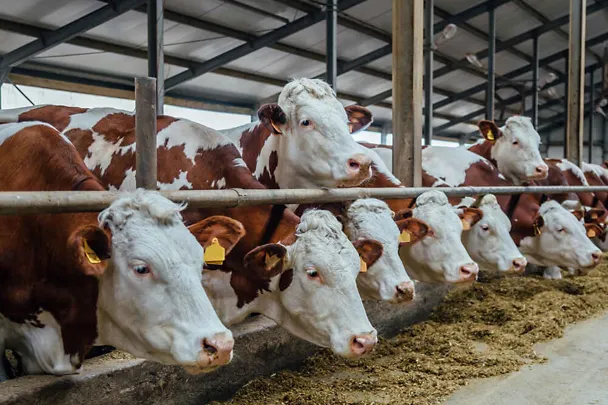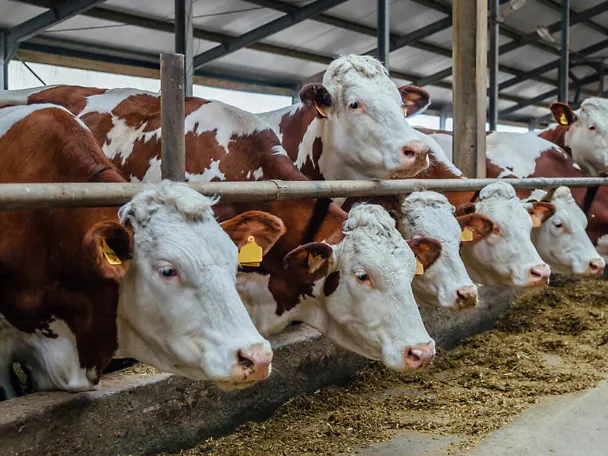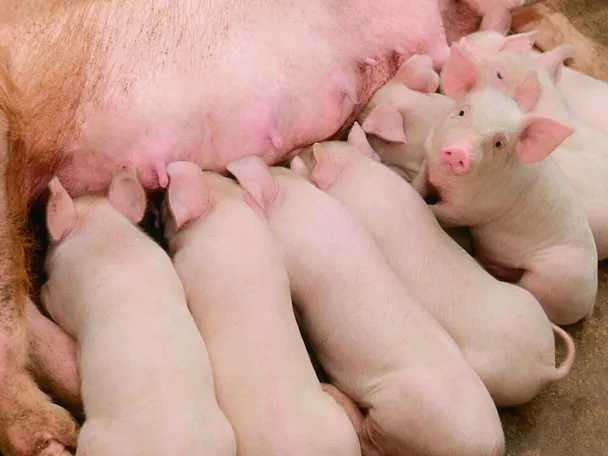Tirsana BSK NG increases milk performance

© Mulderphoto / Fotolia
In a trial Tirsana BSK NG was fed as a Top-dressing with 350 g per cow and day on the robot during the first third of lactation. Figure 1 presents the improvement of milk performance by the use of TIRSANA BSK NG. During the first third of lactation the daily performance increased from 37,3 to 43,6 l. This improved both the entrance- as well as peak performance of the dairy cattle herd.
Increase of milk fat and milk protein
Despite of the increased milk performance, milk ingredients remain on the same level, so that the daily amount of milk fat and protein per animal and day increased (see figure 2).
The additional energy supply from glucoplastics and the metabolism relief by the BOVIN-S-KOMPLEX significantly increased the performance and fitness of the animals. The palatability of Tirsana BKS NG increases the visit frequency on the robot and thus the amount of milkings.
The additional energy supply from glucoplastics and the metabolism relief by the BOVIN-S-KOMPLEX significantly increased the performance and fitness of the animals. The palatability of Tirsana BKS NG increases the visit frequency on the robot and thus the amount of milkings.
Tirsana bridges energy bottleneck
The main reason for metabolic disorders at the beginning of lactation is the biologically caused negative energy balance. A physiologically normal reaction of dairy cows is the melting of body substance. Ketosis is the result of excessive body fat mobilization. Tirsana bridges this energy bottleneck. The unique combination of glucoplastic substances and various active ingredients provides the dairy cow with fast available energy and relives the liver metabolism.



